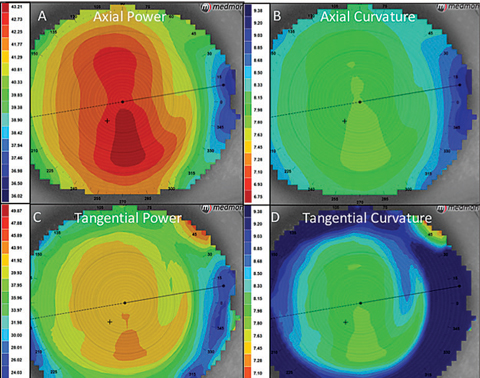 |
|
Myopia progression was found to be faster in Chinese children than Caucasian children. Photo: Maria Walker, OD. Click image to enlarge. |
With the prevalence of myopia continuing to rise, it’s more critical to investigate as many associations as possible to understand its progression and the reasoning behind it. In a recent study, researchers investigated the correlation between corneal biomechanical parameters and the speed of myopia progression and found progression was faster in Chinese children.
A total of 306 eyes of 153 myopic children were included—122 Chinese and 31 Caucasian—and were followed-up at 12 months. Ocular biometry data including central corneal thickness (CCT), axial length (AL), corneal keratometry, anterior chamber depth, white-to-white distance and pupil size were measured. The age of onset, speed of progression of spherical equivalent (SE) and speed of AL elongation were calculated.
Myopia progression was faster in Chinese children in both SE progression speed and AL elongation speed. The CCT was negatively correlated with the SE progression.
Corneal hysteresis is statistically significantly associated with CCT, and this supports that the CCT is negatively correlated with myopia progression in children, the study authors explained. “Another explanation is that CCT is positively associated with scleral thickness,” they noted in their paper. “The sclera is the final common pathway for visual signals to generate myopia progression. Scleral remodeling is a crucial change in the development of myopia. Scleral remodeling makes the sclera thinner and makes axial elongation easier.”
They went on to explain that a thinner CCT suggests thinner sclera and indicates lower scleral stiffness, and low scleral stiffness increases the risk of progression. “Therefore, the thickness of CCT might be an indicator of the thickness of the sclera and an indicator of myopia progression speed,” the authors concluded.
Because of these results, eyecare providers may suggest that children with thin CCTs have shorter follow-up intervals, do more outdoor activities and spend less time looking at screens.
Zhou P, Wang DD, Fan L, et al. Thin central corneal thickness may be a risk factor for myopia progression in children. J Ophthalmol. January 16, 2023. [Epub ahead of print]. |

